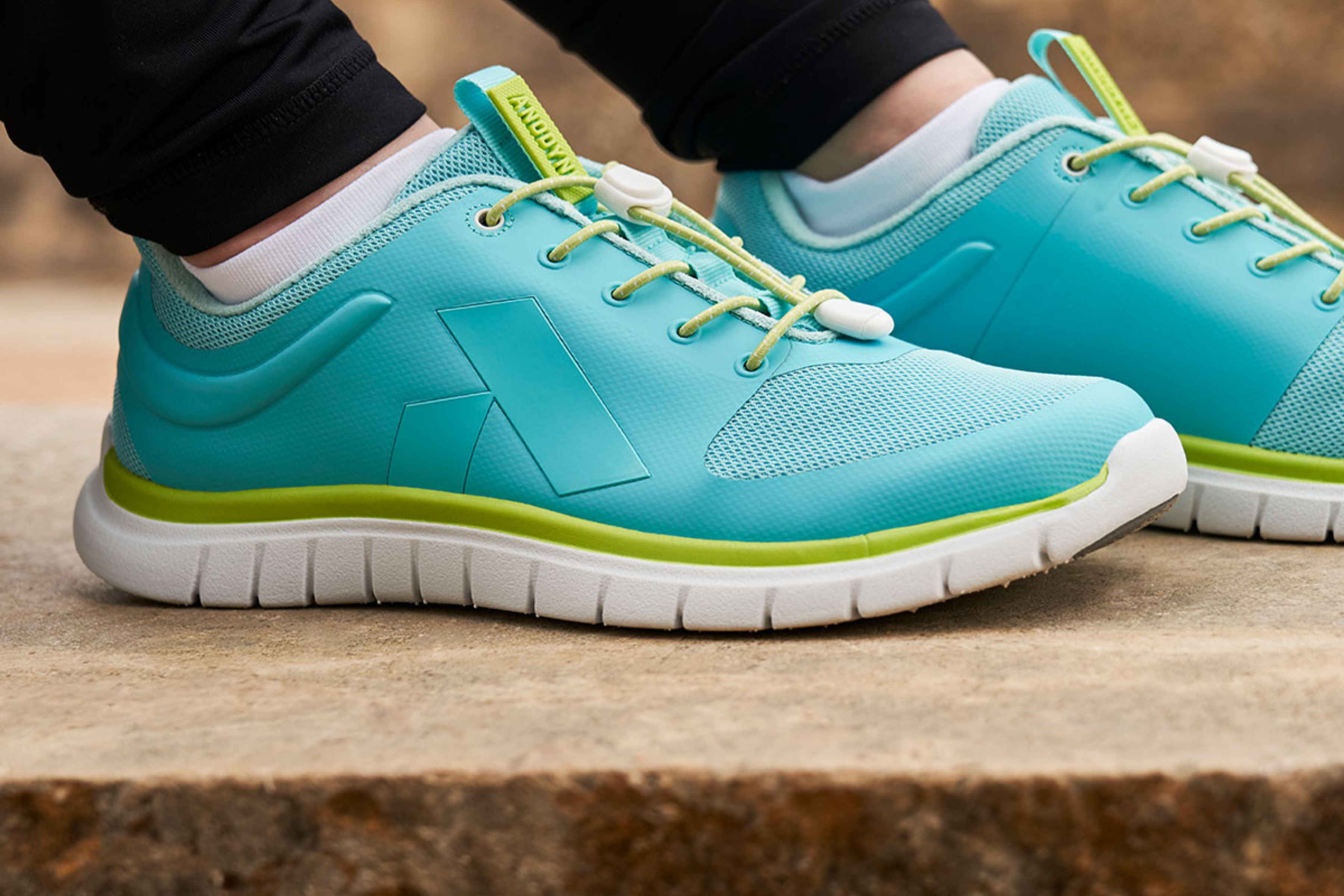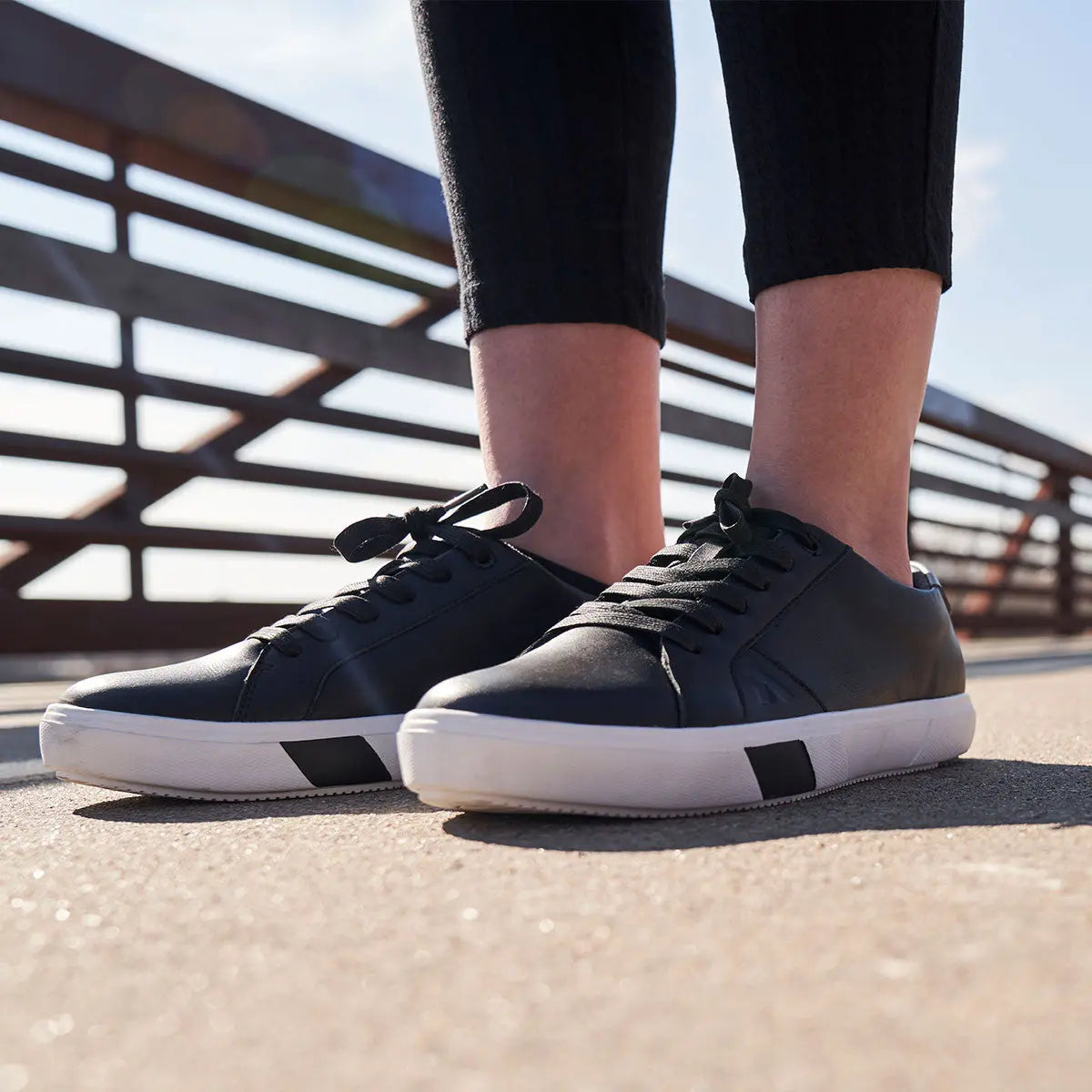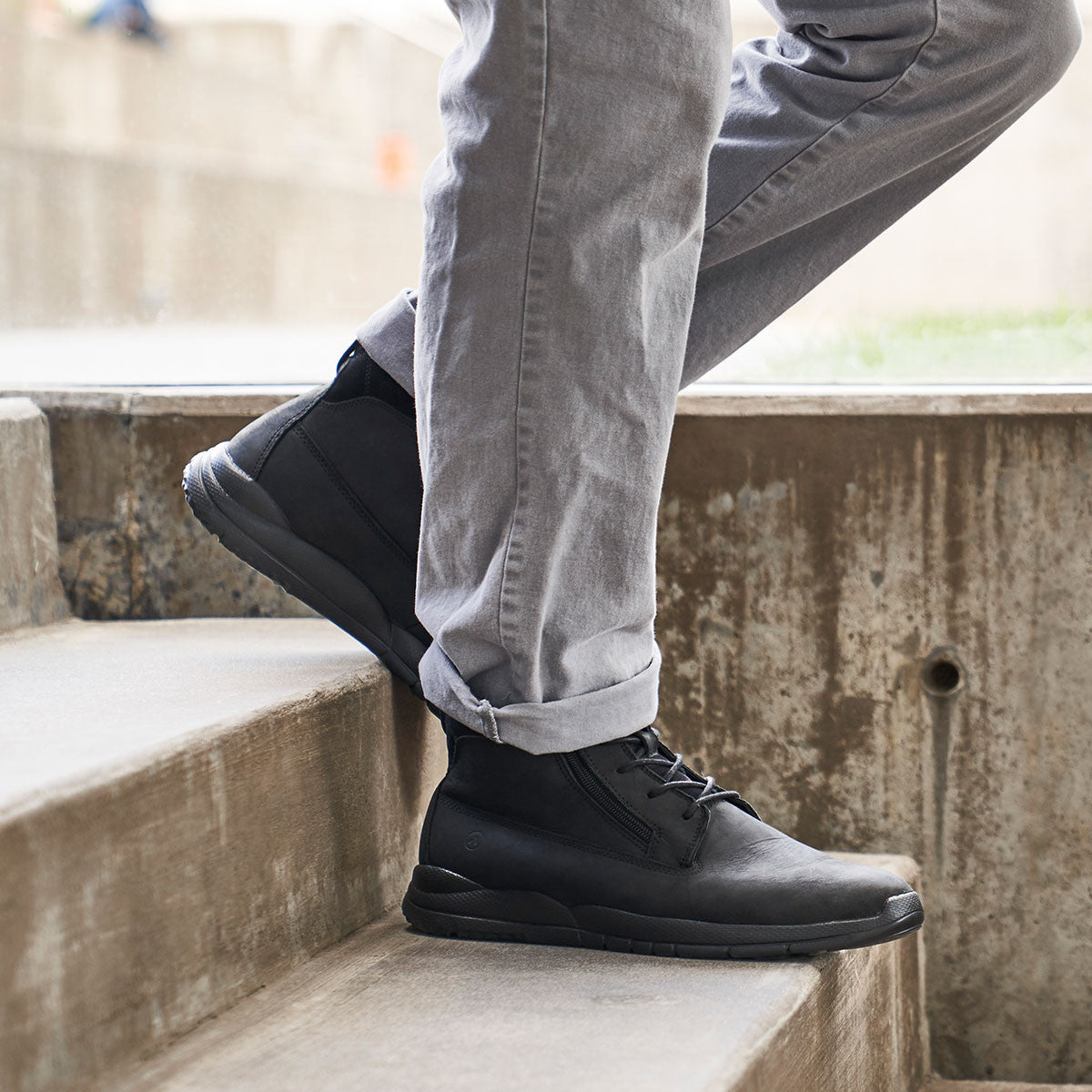
Bunions
A bunion is a painful bony bump that forms on the joint at the base of the big toe. It is often caused by a misalignment of the bones in the foot. Learn about the causes, treatments, shoe/insert accommodations, and recommended shoe styles for bunions.
Top Women's Styles for Bunions
Top Men's Styles for Bunions

Be the first to know.
Get in on the Scoop! Sign up for our Newsletter!
Dahl Medical Supply
154 Cobblestone Ln.
Burnsville, MN 55337






